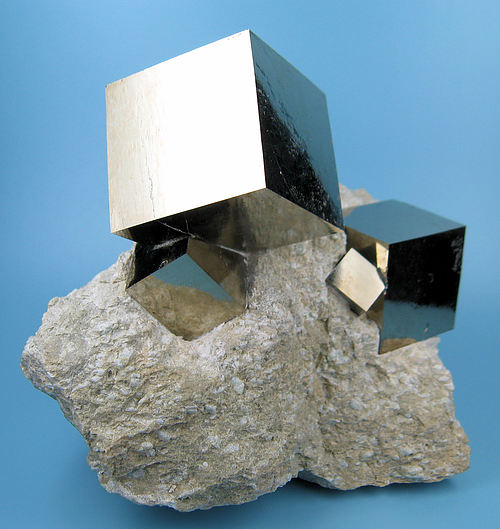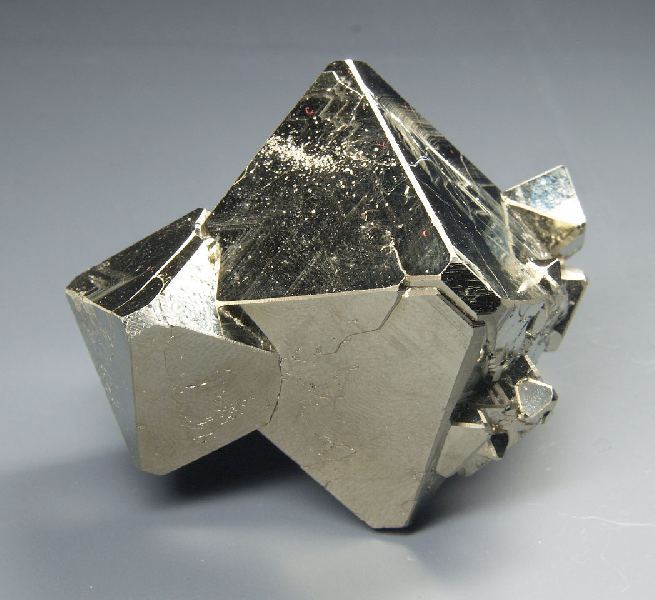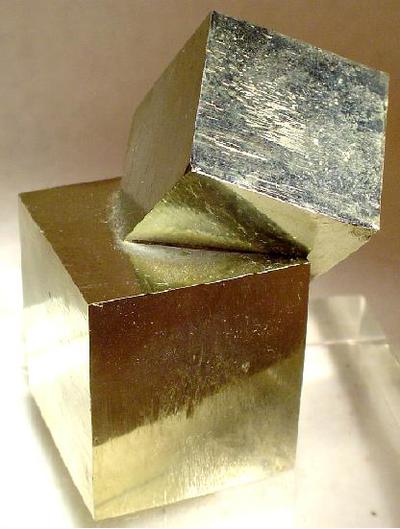Pyrite
Pyrite (FeS₂), commonly known as “Fool’s Gold,” is a remarkable iron sulfide mineral that captivates both geologists and gem enthusiasts alike.
Mesmerizing Morphology
Pyrite crystallizes in the isometric system, most notably forming cubic structures, often exhibiting octahedral and pyritohedral habits. Its lustrous metallic sheen and pale brass-yellow color have tricked many a prospector, earning its misnomer.
Electrifying Properties
Pyrite is not just a pretty face; it boasts impressive electrical conductivity and semiconductor properties. Research is exploring its potential in photovoltaic cells and other electronic applications due to its abundance and cost-effectiveness compared to other materials.



Geological Significance
This mineral is ubiquitous, found in a variety of geological settings, from sedimentary layers to hydrothermal veins. It plays a crucial role in the sulfur cycle, contributing to the formation of sulfuric acid in the environment through oxidation processes.
Historical and Practical Uses
Ancient civilizations harnessed pyrite’s ability to generate sparks for fire-starting by striking it against metal. Today, its conductive and thermal properties make it an object of study for innovative technological applications.
Chemical Interactions
Pyrite is notorious for its reactivity with oxygen and water, leading to the formation of iron oxides and sulfuric acid. This process, known as pyrite oxidation, is a significant factor in acid mine drainage, impacting water quality in mining regions.
Did You Know?
Unlike gold, pyrite is brittle and will shatter upon impact. It tarnishes to a dark brown hue when exposed to moisture and oxygen due to surface oxidation, which differentiates it from its more precious doppelgänger.
Embark on a journey through the geological, chemical, and practical wonders of Pyrite. Far more than mere “Fool’s Gold,” this mineral is a fascinating study in nature’s complexity and potential for technological innovation.
